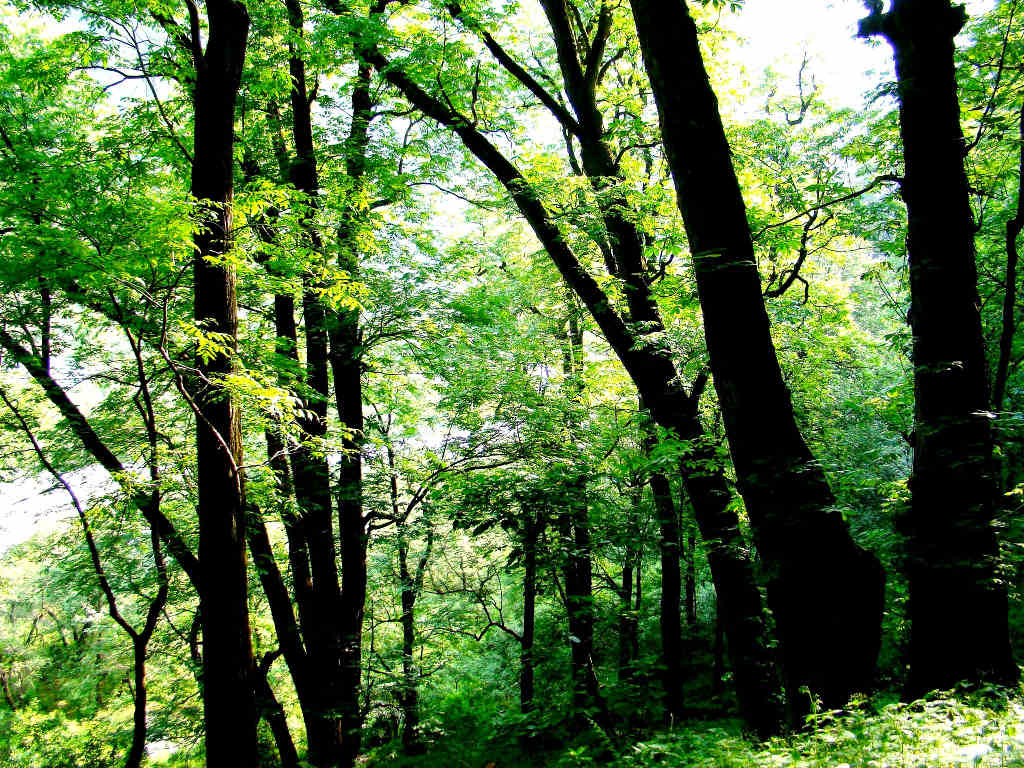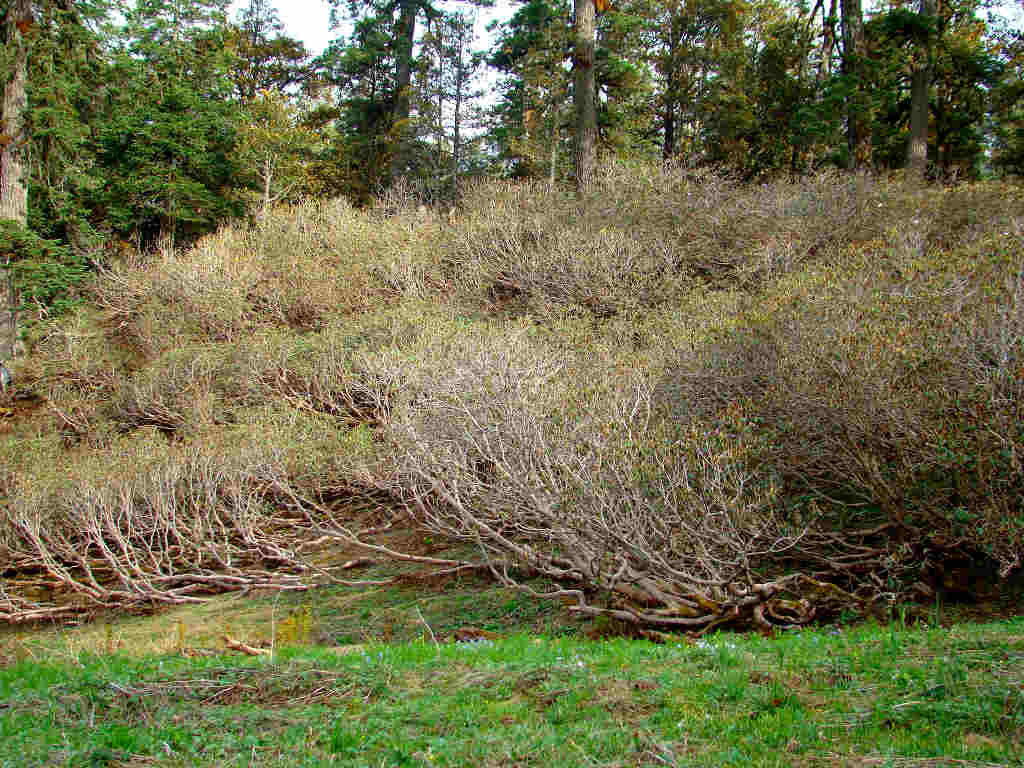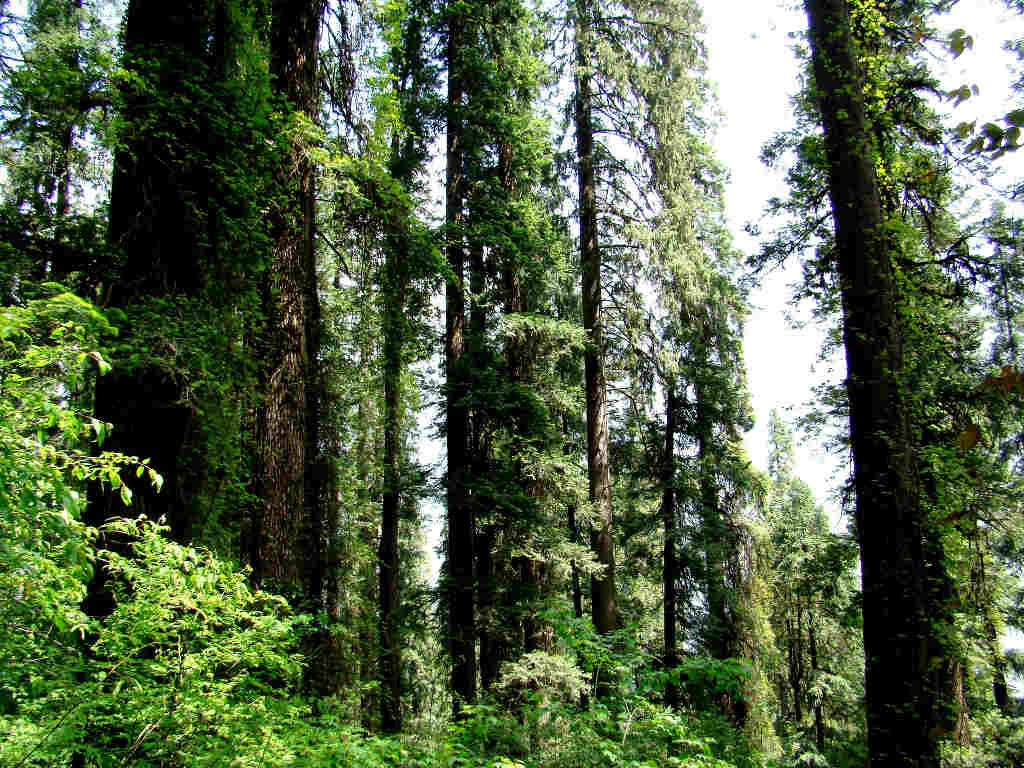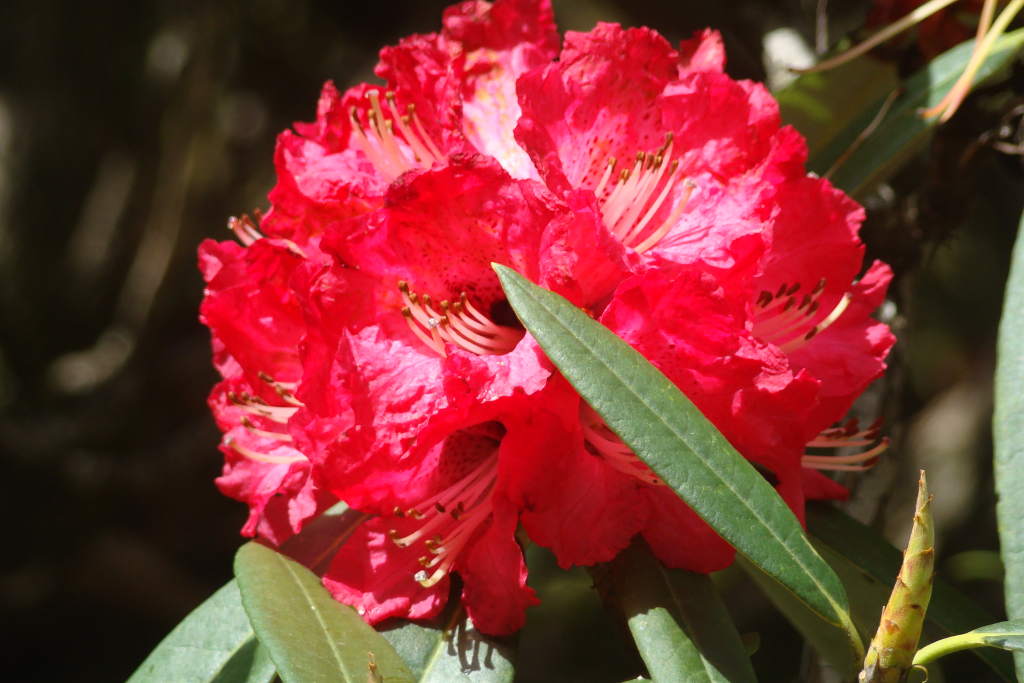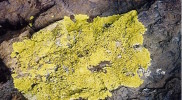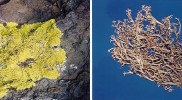Around one third of the Great Himalayan National Park (GHNP) supports closed-canopy forest, rising from the valley bottoms to between 3,300m and 3,600m, depending on aspect. A little over half of the park lies above 4,000m, which is approximately the upper boundary of subalpine and alpine scrub vegetation in this part of the Himalaya.
GHNP has relatively high plant-species diversity because of its range of habitats, from subtropical to high alpine. Overall diversity increases lower down, in the ecozone. Although some areas have been modified by grazing, the park is one of the few areas of the western Himalayas where forests and alpine meadows can be seen in something approaching their original state.
Vegetation grows in well-defined altitude zones, beginning with rather open, subtropical forests at the lowest valley bottoms, gradually grading to mixed forests of horse chestnut, evergreen oak, spruce and deodar, then to rusty-leaved kharsu oak, spruce and fir in the upper temperate zone.
Further up is a subalpine zone of birches, stunted firs and rhododendron bushes, followed by the higher alpine areas where vegetation is reduced to grasses, herbs and low shrubs, such as juniper.
Common genera of the alpine zone include many introduced to gardens in the western world, such as Primula, Leontopodium, Corydalis, Pleurospermum, Saussurea, and Senecio.
Bergenia stracheyi and Sedum dominate the desert habitats between 3,600m and 4,200m. Rocky outcrops and ridges are interspersed with grazing meadows, used by Himalayan tahr and bharal (blue sheep). These areas are dominated by a luxuriant growth of various species of Anemone, Thalictrum, Corydalis, and Arenaria.
Nardostachys grandiflora, or spikenard, was recorded for the first time in GHNP in 1997. This International Union for the Conservation of Nature red-listed species has been given high conservation priority in the park.
Trees
GHNP’s temperate belt is largely dominated by trees.
Conifers, including the blue pine, cedar, spruce and fir, are widely distributed in the low- to high- altitude zones. The upper coniferous areas are shared with oaks, which provide acorns for birds and rodents. The ban oak can be found alongside the chir and blue pine, whilst the mohru oak grows beside fir and spruce. The kharsu oak is generally found in pure forest at the tree line. A number of lichens and fungi grow on the oak trees, providing food for mammals and birds.
The Himalayan yew is the most abundant tree in the fir forest, which provides a distinctly cool microclimate.
Rhododendron trees predominate between 1,500 and 3,000m, and tend to favour lower elevations on the north side. Four species of maple grow between 1,500m and 3,500m, whilst horse chestnut, alder, poplar, birch and willow are common near to streams.
Shrubs and Herbs
If trees create GHNP’s outline, it is the shrubs and herbs that provide its gaiety and colour. Flowers can be found at some location in the park through most of the year. Among these are the genera Berberis (barberry), Daphne, Desmodium (tick clover), Lonicera (honeysuckle), Indigofera (true indigo), Ribes (including varieties of currant), Rhamnus (buckthorn), Sorbaria and Viburnum.
Two species of hill bamboo grow in the park, forming dense clumps used by pheasants and other birds for feeding and breeding, hence considered as the best habitats for pheasants. Many climbers can also be found, increasing the plant diversity of the forest’s middle levels.
Threatened Medicinal Plants
GHNP is home to 34 of the 47 medicinal plants categorised as threatened in Himachal Pradesh. The wonderful variety of these plants has been a mixed blessing ‒ on the one hand adding colour to the landscape but on the other drawing herb hunters who threaten their very survival. Having long been a source of traditional medicine, the plants are now used in modern pharmacology.
In the past, medicinal plants were collected in small quantities for local use, but more recently a fashion for natural medicines amongst the wealthy in India and elsewhere have turned their collection into a lucrative business, drawing outsiders and encouraging harvesting on an unsustainable scale.
At present, GHNP’s management is developing alternatives to harvesting that will provide local people with equivalent income without damaging the delicate ecosystems where medicinal plants are collected.
Insert table
Lichens
192 species of lichen grow in GHNP, representing 31 families and 65 genera ‒ more than 10% of the lichens recorded in India and 50% of those recorded in the central Himalaya. Tirthan Valley has 101 species, Jiwa Valley 100, and Sainj Valley 67.
78% of the species belong to the corticolous (bark-inhabiting) category of lichens, whilst others are saxicolous (rock-inhabiting), terricolous (ground-inhabiting), and foliicolous (leaf-inhabiting).
Tirthan and Sainj valleys each have 40 saxicolous species ‒ attributable to their large alpine meadows with exposed rocks.
The maximum diversity of lichens can be found at 2,500m to 3,000m, probably because of a lower degree of pollution and higher tree density in these areas. Kharsu oak forests support especially rich lichen diversity.
At lower altitudes, the smooth bark of the holly tree and banjh oak host the species Pyrenula and Anthracotheclum (both types of lichenised fungus). Nephromahelviticum can be found growing exclusively on the bark of Prunus cornuta (Himalayan bird cherry), whilst Sulcarla sulcata is restricted to conifers.
Ochrolechia rosella (a crabseye lichen), Menegazzia terebrata and Hypogymnia vittata grow abundantly only on the kharsu oak. Interestingly, these species seem to follow a distinct vertical distribution pattern, associated with the tree species that represent different climatic zones.
The Himalayan musk deer depends heavily on Usnea longissima (Methuselah’s beard ‒ the world’s longest lichen) during winter.
Bryophytes (Liverworts and Mosses)
Liverworts are represented by eight families and 12 species in GHNP, with three species of Rebouliaceae, and two each of Targioniaceae and Marchantiaceae.
23 species of moss, belonging to 14 families, have also been recorded in the park. These include five species of Pottiaceae and two each of Bryaceae, Mniaceae, Amblystegiaceae,Brachytheciaceae and Hypnaceae




